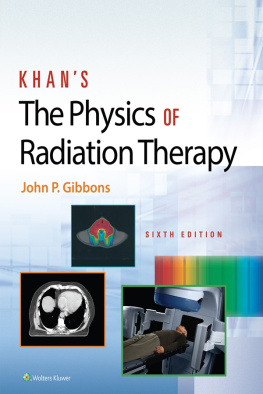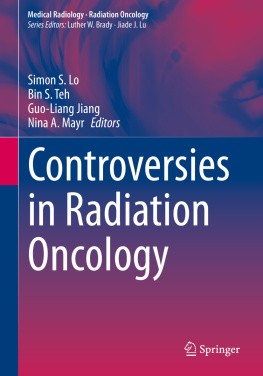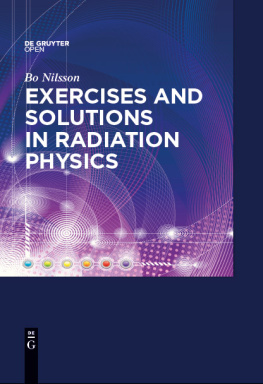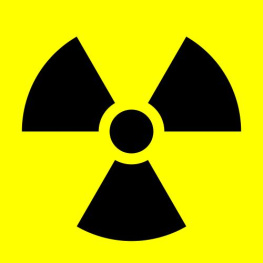

Acquisitions Editor: Nicole Dernoski
Development Editor: Sean McGuire
Editorial Coordinator: David Murphy
Production Product Manager: David Saltzberg
Manufacturing Manager: Beth Welsh
Strategic Marketing Manager: Julie Sikora
Art Director: Jennifer Clements
Design Coordinator: Holly Reid McLaughlin
Production Service: S4Carlisle Publishing Services
Sixth Edition 2020 by Wolters Kluwer Health
First Edition 1984
Second Edition 1993
Third Edition 2003
Fourth Edition 2010
Fifth Edition 2014
All rights reserved. This book is protected by copyright. No part of this book may be reproduced in any form by any means, including photocopying, or utilized by any information storage and retrieval system without written permission from the copyright owner, except for brief quotations embodied in critical articles and reviews. Materials appearing in this book prepared by individuals as part of their official duties as U.S. government employees are not covered by the above-mentioned copyright.
Printed in China
Library of Congress Cataloging-in-Publication Data
ISBN-13: 978-1-4963-9752-2 | e-ISBN: 9781496397539
ISBN-10: 1-4963-9752-5
Library of Congress Control Number: 2019909469
Care has been taken to confirm the accuracy of the information presented and to describe generally accepted practices. However, the authors, editors, and publisher are not responsible for errors or omissions or for any consequences from application of the information in this book and make no warranty, expressed or implied, with respect to the currency, completeness, or accuracy of the contents of the publication. Application of the information in a particular situation remains the professional responsibility of the practitioner.
The authors, editors, and publisher have exerted every effort to ensure that drug selection and dosage set forth in this text are in accordance with current recommendations and practice at the time of publication. However, in view of ongoing research, changes in government regulations, and the constant flow of information relating to drug therapy and drug reactions, the reader is urged to check the package insert for each drug for any change in indications and dosage and for added warnings and precautions. This is particularly important when the recommended agent is a new or infrequently employed drug.
Some drugs and medical devices presented in the publication have Food and Drug Administration (FDA) clearance for limited use in restricted research settings. It is the responsibility of the health care provider to ascertain the FDA status of each drug or device planned for use in their clinical practice.
To purchase additional copies of this book, call our customer service department at (800) 638-3030 or fax orders to (301) 223-2320. International customers should call (301) 223-2300.
Visit Lippincott Williams & Wilkins on the Internet: at LWW.com. Lippincott Williams & Wilkins customer service representatives are available from 8:30 am to 6 pm, EST.
shop.lww.com
10 9 8 7 6 5 4 3 2 1
To my wife Nicole and my children Valerie, Britton, Jay, Jack, and Vivienne
John P. Gibbons
Preface
I am honored and humbled to be involved with this update of Dr. Faiz Khans seminal textbook. I first met Dr. Khan in 1991 when I began my medical physics residency at the University of Minnesota. Dr. Khan was passionate about his residency program as he strongly believed in clinic-based medical physics training and education. His passion is evident in this textbook that provides the physical rationale for many of the clinical procedures performed in a radiation oncology department.
The delivery of radiation in a safe and effective manner requires a team approach. As in previous editions, this textbook is intended for a mixed audience of medical physicists, radiation oncologists, dosimetrists, and radiation therapists. In many cases, introductory concepts are explained and references are included for those seeking additional information.
This edition includes revisions to each chapter based on recent technologic advances. The dosimetry section of along with a discussion of the deep-inspiration breath hold technique for heart-sparing breast cancer treatments. Finally, a new chapter on knowledge-based treatment planning has been added to the text. As in the previous edition, a website with complete text and figures accompanies the book for greater convenience in studying and teaching.
I would like to acknowledge the editorial staff of Lippincott Williams & Wilkins for their valuable contributions in making this publication possible. Additionally, I would like to thank all the readers who assisted in identifying information in need of correction in this new edition.
John P. Gibbons
Preface to the First Edition
Most textbooks on radiologic physics present a broad field that includes physics of radiation therapy, diagnosis, and nuclear medicine. The emphasis is on the basic physical principles that form a common foundation for these areas. Consequently, the topics of practical interest are discussed only sparingly or completely left out. The need is felt for a book solely dedicated to radiation therapy physics with emphasis on the practical details.
This book is written primarily with the needs of residents and clinical physicists in mind. Therefore, greater emphasis is given to the practice of physics in the clinic. For the residents, the book provides both basic radiation physics and physical aspects of treatment planning, using photon beams, electron beams, and brachytherapy sources. For the clinical physicist, additionally, current information is provided on dosimetry.
Except for some sections in the book that deal with the theory of absorbed dose measurements, the book should also appeal to the radiotherapy technologists. Of particular interest to them are the sections on treatment techniques, patient setups, and dosimetric calculations.
Because the book is designed for a mixed audience, a careful balance had to be maintained between theory and practical details. A conscious effort was made to make the subject palatable to those not formally trained in physics (e.g., residents and technicians) without diminishing the value of the book to the physicist. This object was hopefully achieved by a careful selection of the topics, simplification of the mathematical formalisms, and ample references to the relevant literature.
In developing this text, I have been greatly helped by my physics colleagues, Drs. Jeff Williamson, Chris Deibel, Barry Werner, Ed Cytacki, Bruce Gerbi, and Subhash Sharma. I wish to thank them for reviewing the text in its various stages of development. My great appreciation goes to Sandi Kuitunen who typed the manuscript and provided the needed organization for this lengthy project. I am also thankful to Kathy Mitchell and Lynne Olson who prepared most of the illustrations for the book.
Finally, I greatly value my association with Dr. Seymour Levitt, the chairman of this department, from whom I got much of the clinical philosophy I needed as a physicist.
Faiz M. Khan
Contents
PART
I
Basic Physics
CHAPTER
Structure of Matter
1.1. The Atom
All matter is composed of individual entities called elements. Each element is distinguishable from the others by the physical and chemical properties of its basic componentthe atom. Originally thought to be the smallest and indivisible particle of matter, the atom is now known to have a substructure and can be divided into smaller components. Each atom consists of a small central core, the nucleus, where most of the atomic mass is located and a surrounding cloud of electrons moving in orbits around the nucleus. Whereas the radius of the atom (radius of the electronic orbits) is approximately 1010 m, the nucleus has a much smaller radius, namely, about 1015 m.
Next page









